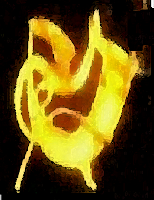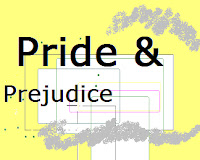REVIVAL OF POETIC DRAMA: VERSE DRAMA IN THE 20TH CENTURY

The Evolution of Poetic Drama: From Dionysian Festivals to Modern Revivals The traditional origin of drama as the chorus in Dionysian festivals in pre – Socratic Greece has led to the primal form of the drama to be poetry. Such verse drama was seen not only in plays of these Greek masters like Aeschylus and Sophocles , but was continued by English masters such as Marlowe , Shakespeare and Ben Jonson during the Renaissance of English literature in the Elizabethan period . The belated efforts of the romantics like Wordsworth with The Borderers , Shelly with The Cenci and Byron with his Manfred were unable to remain no more than closet plays. It was only in the 20 th century, when stalwarts like Yeats and Eliot made a serious foray into the genre, the poetic drama regained some of its lost status. They attempted to revive poetic drama, which had fallen out of fashion with the rise of realism. The Poetic Fusion: Yeats's Mythic Vision and Noh-inspired Dramas" The Irish poe






